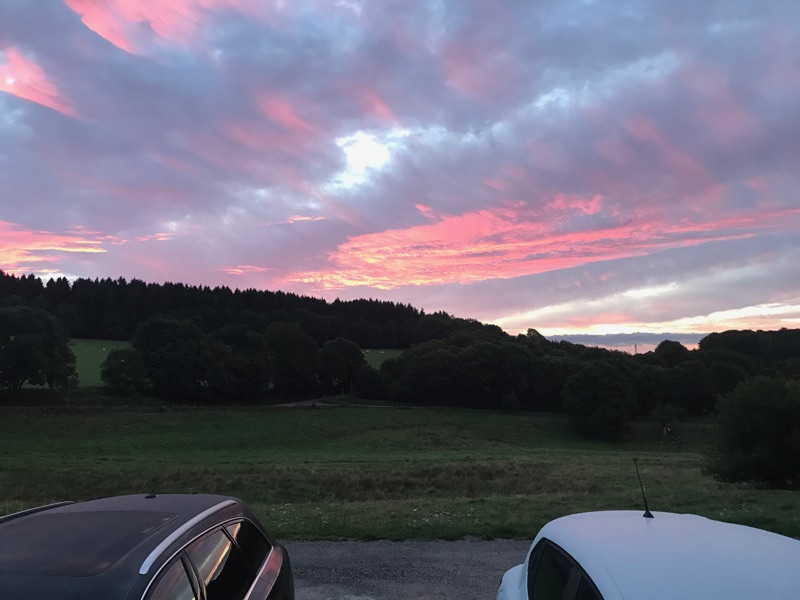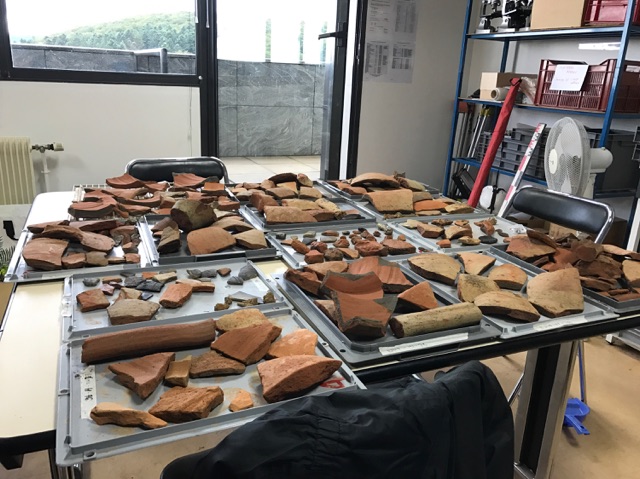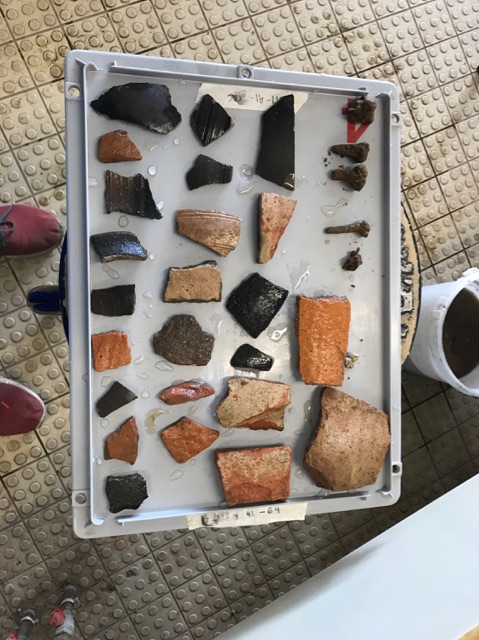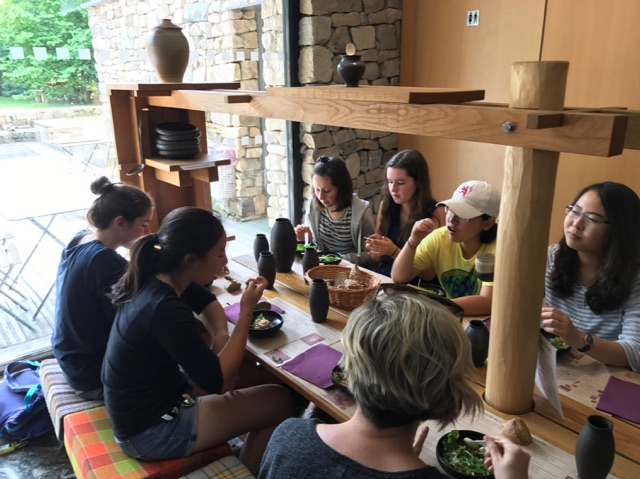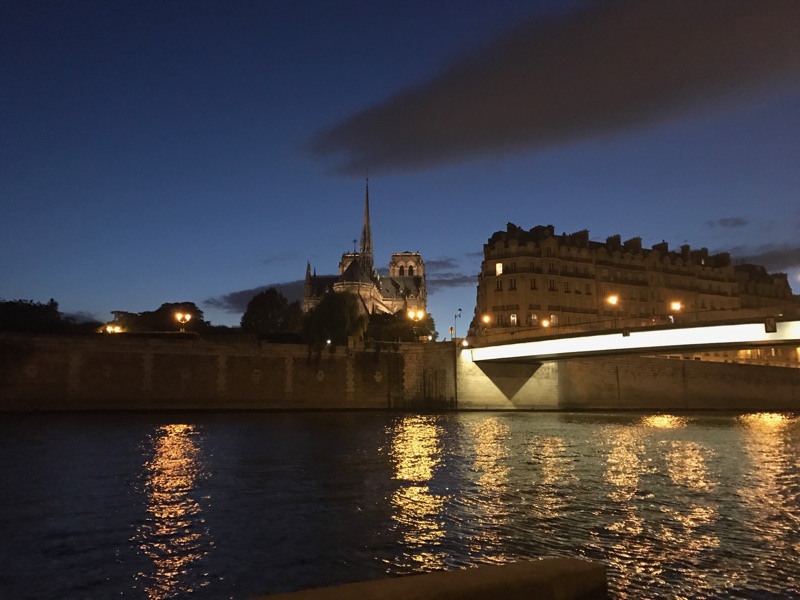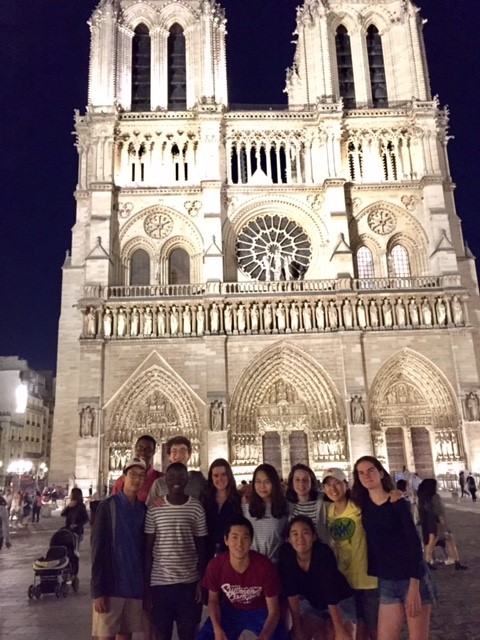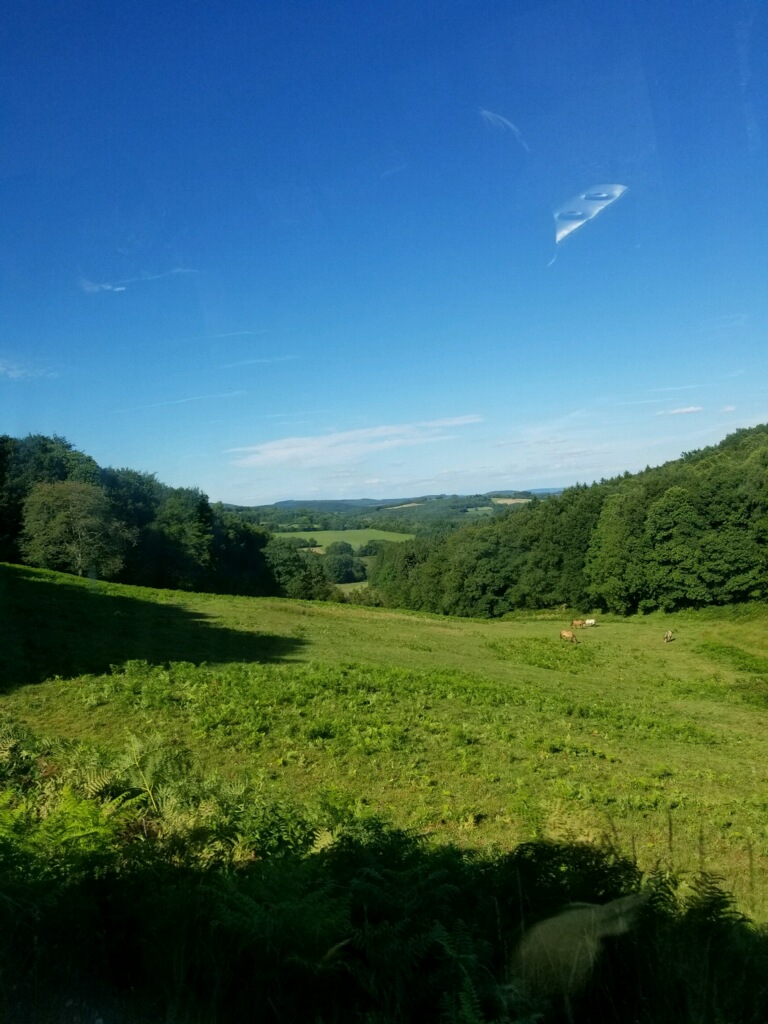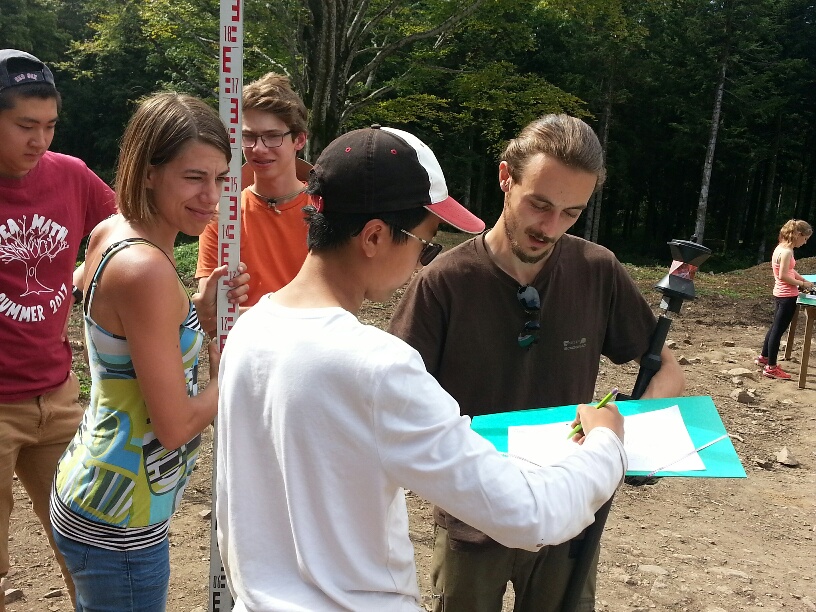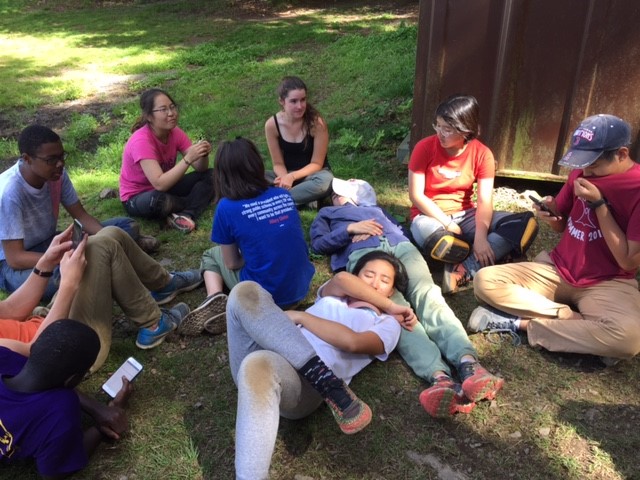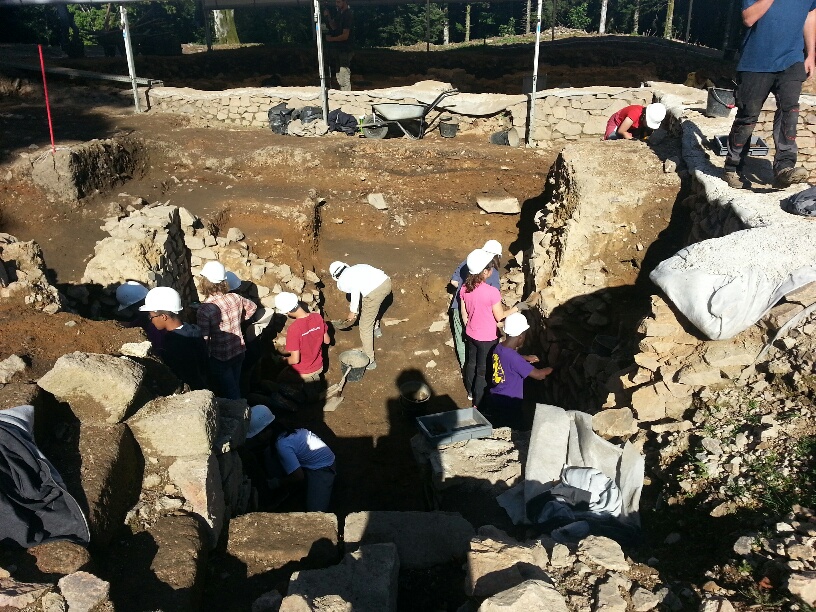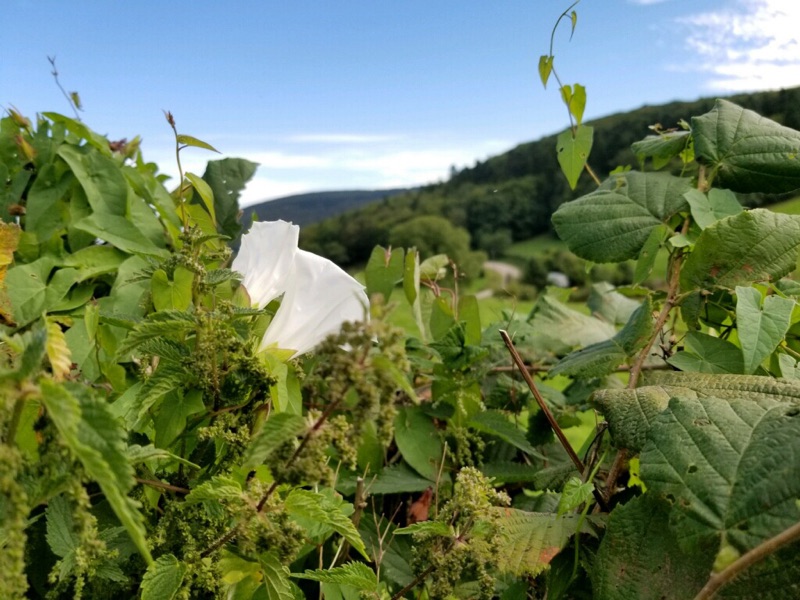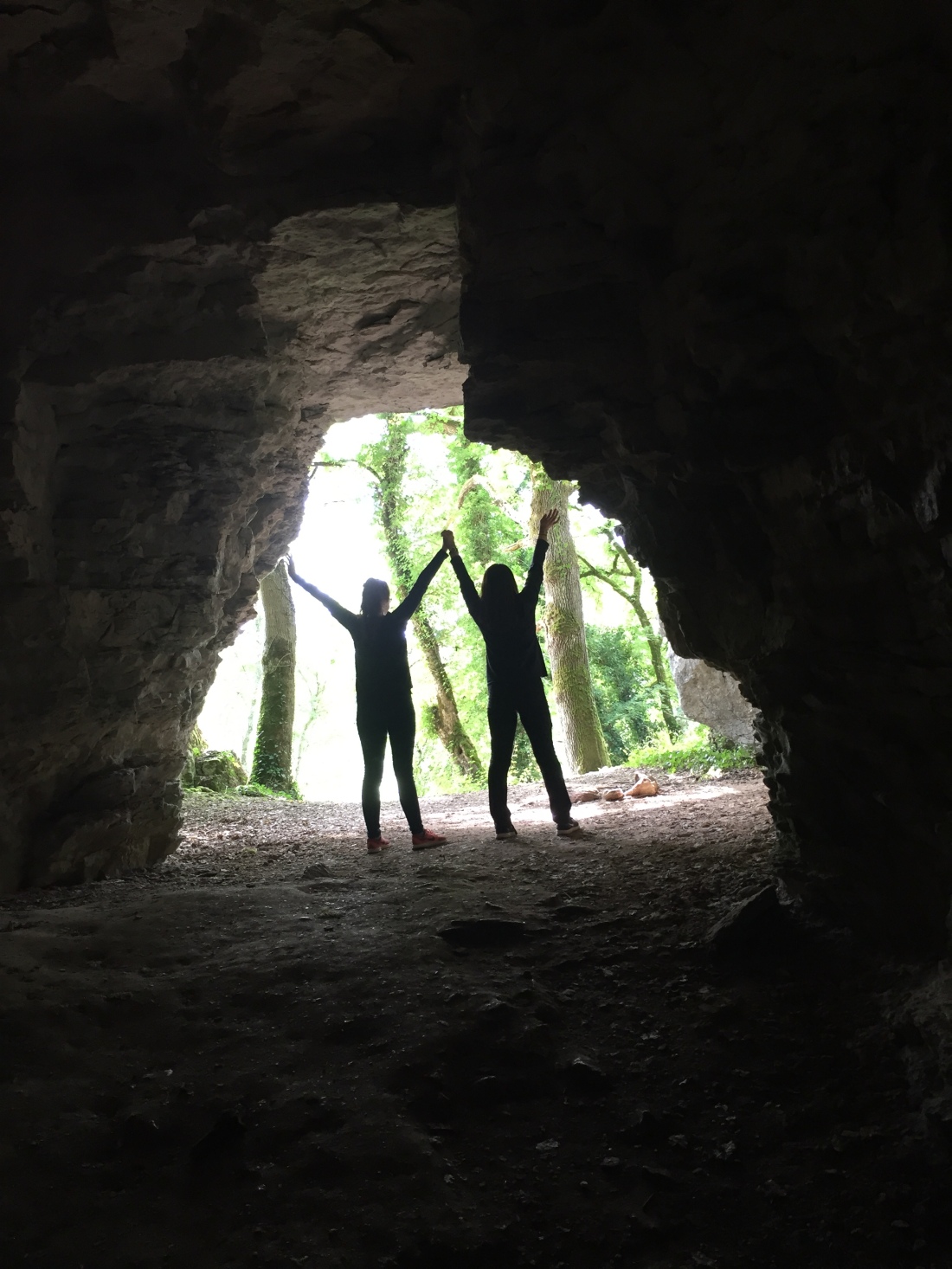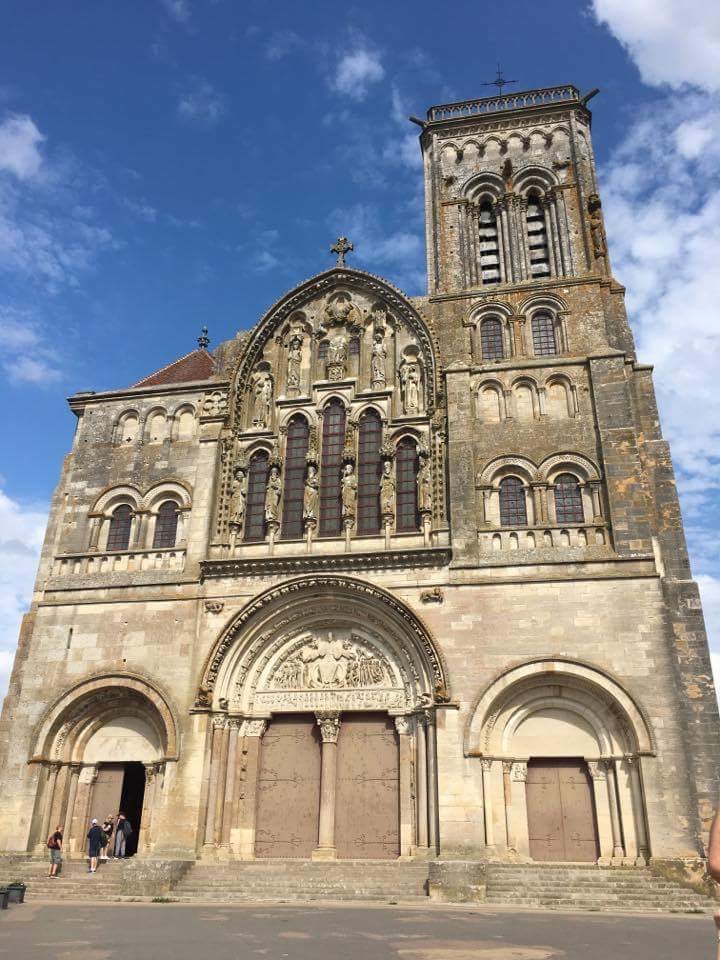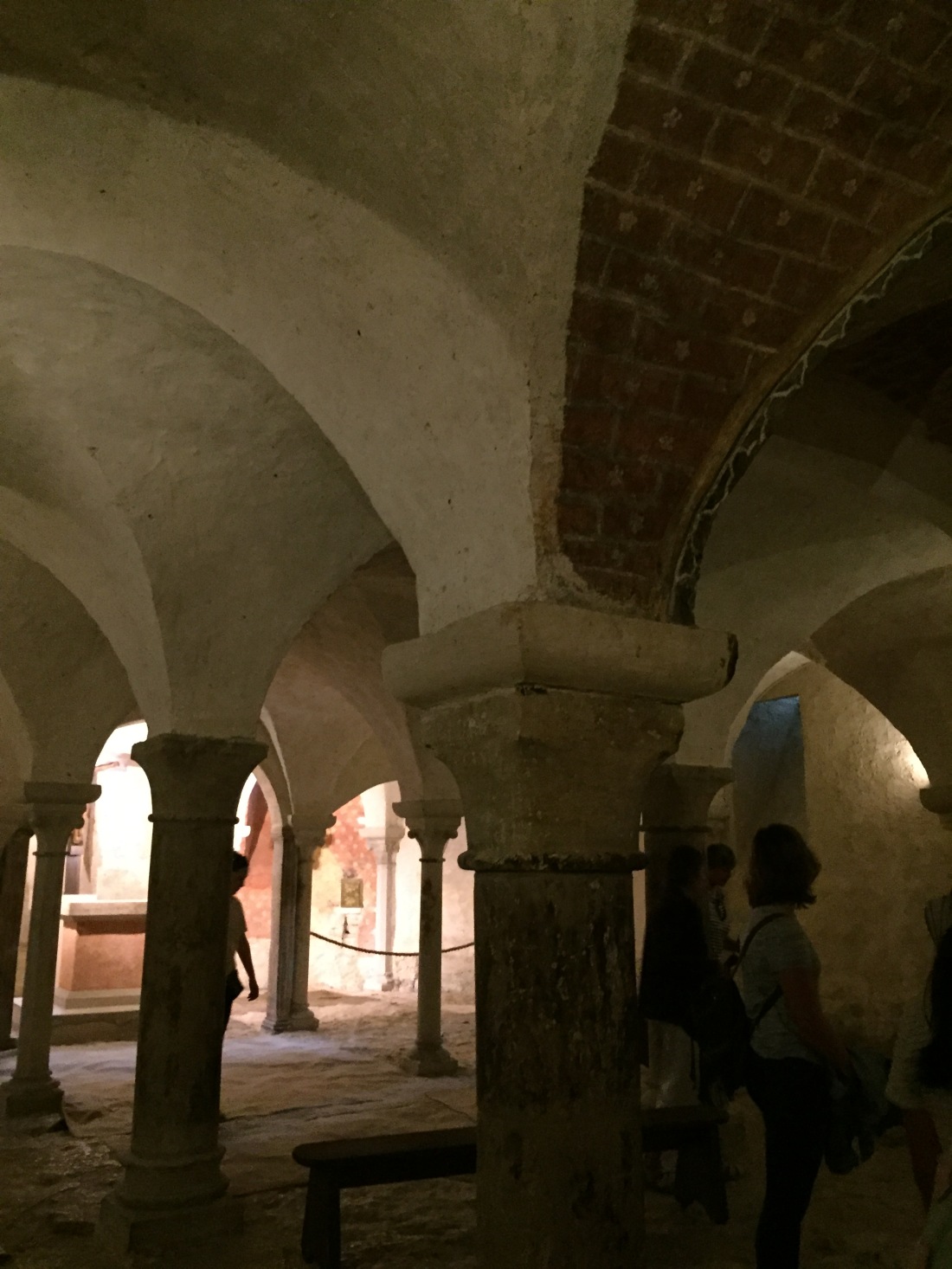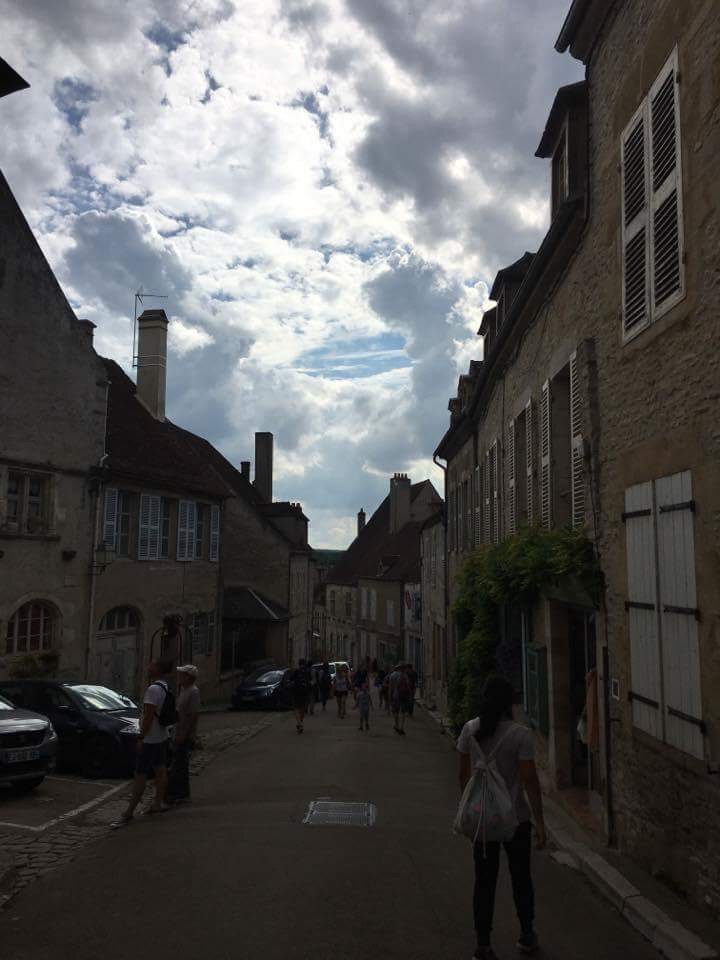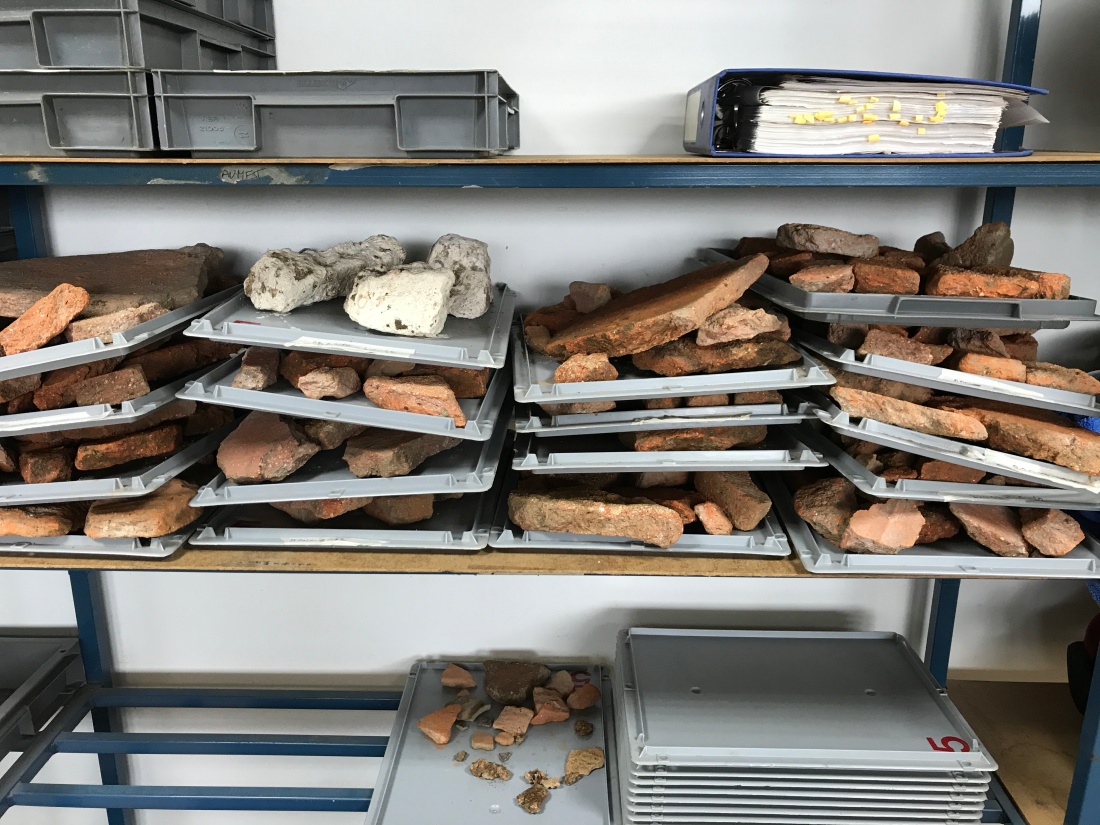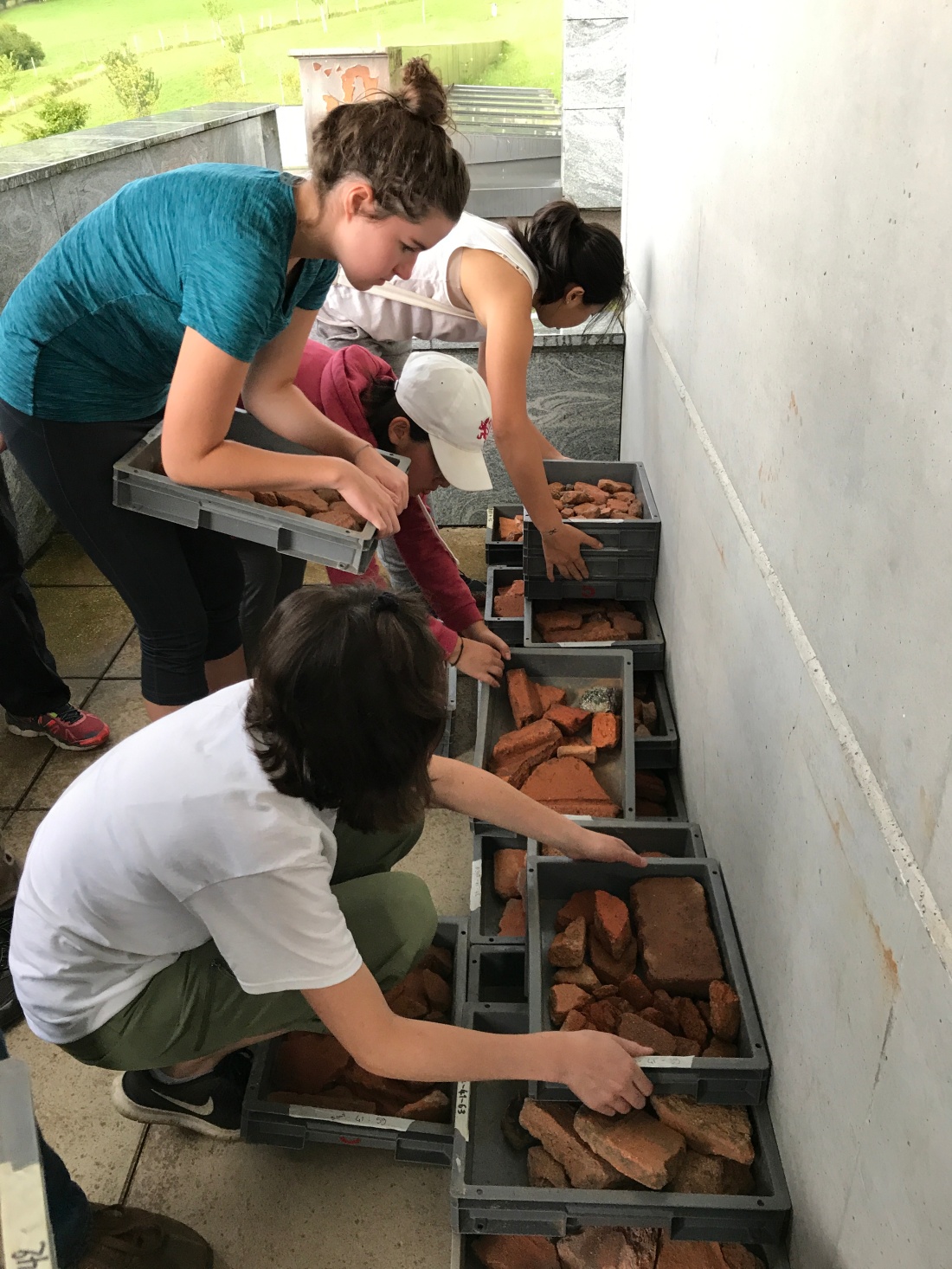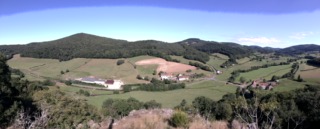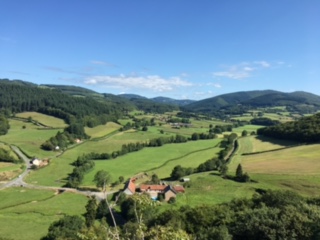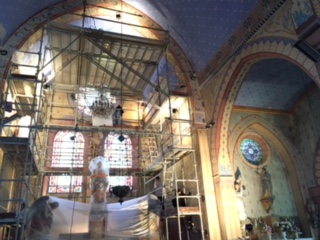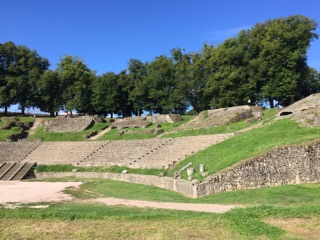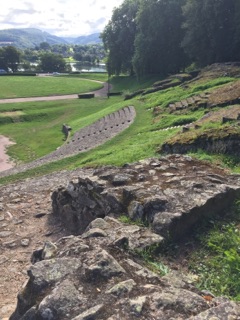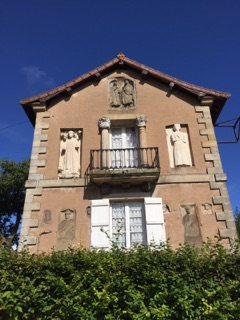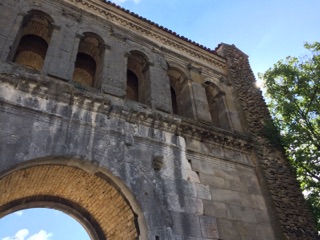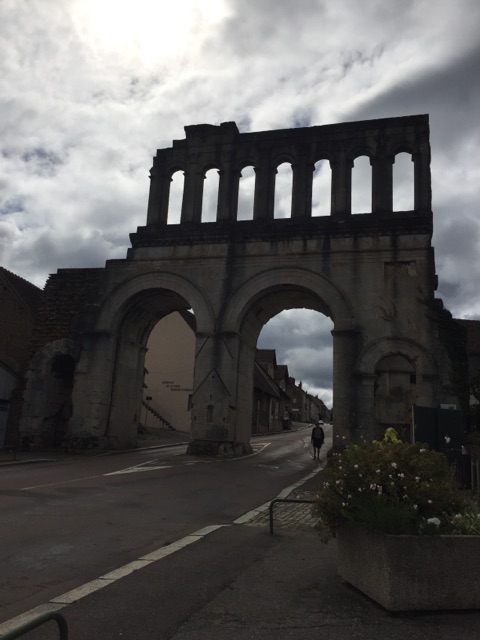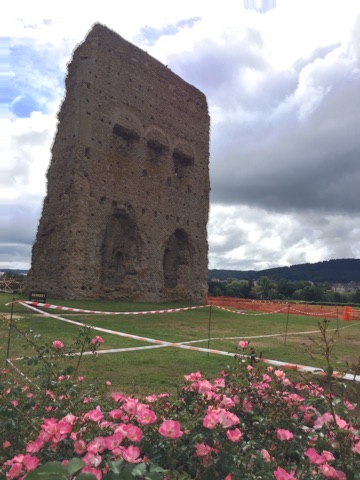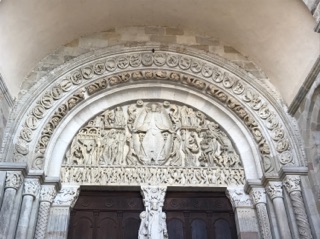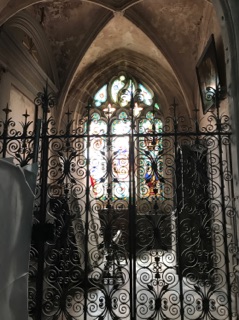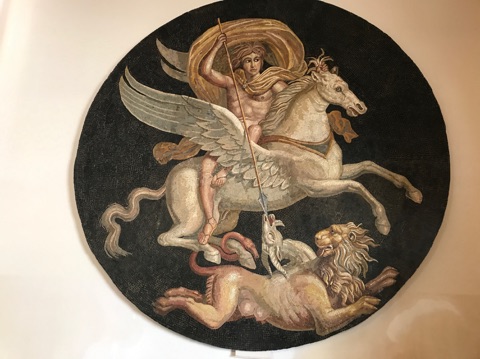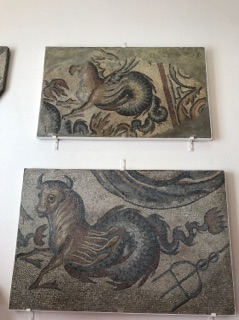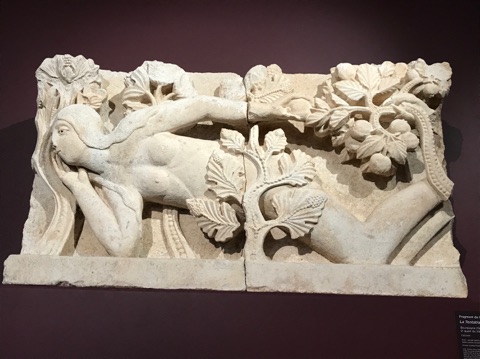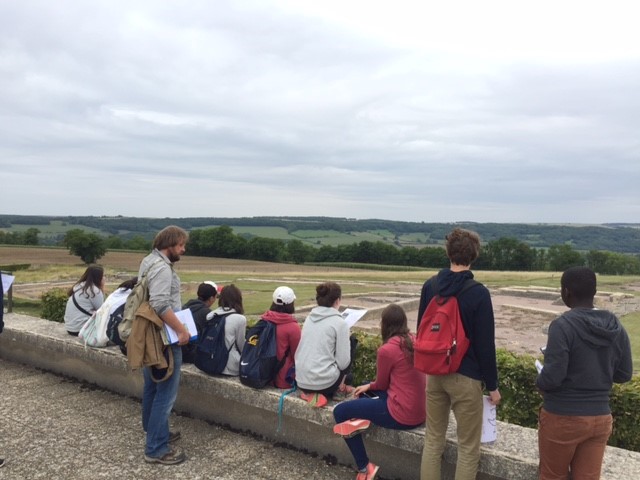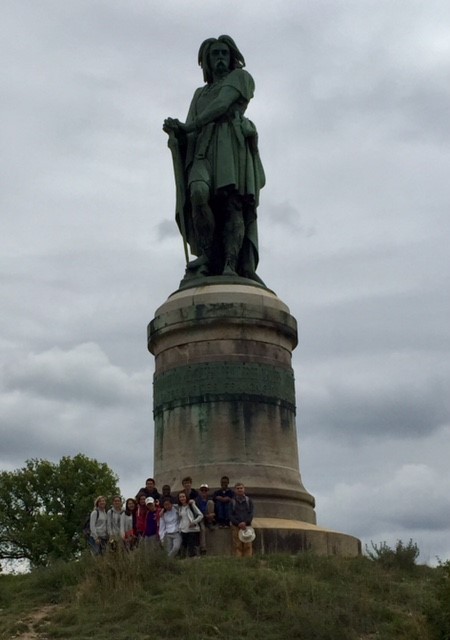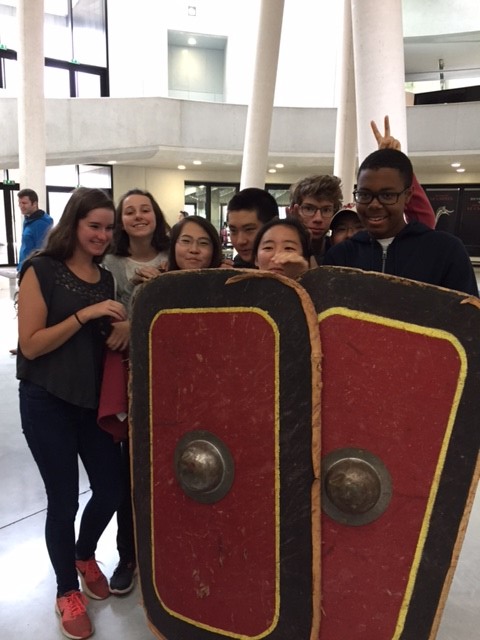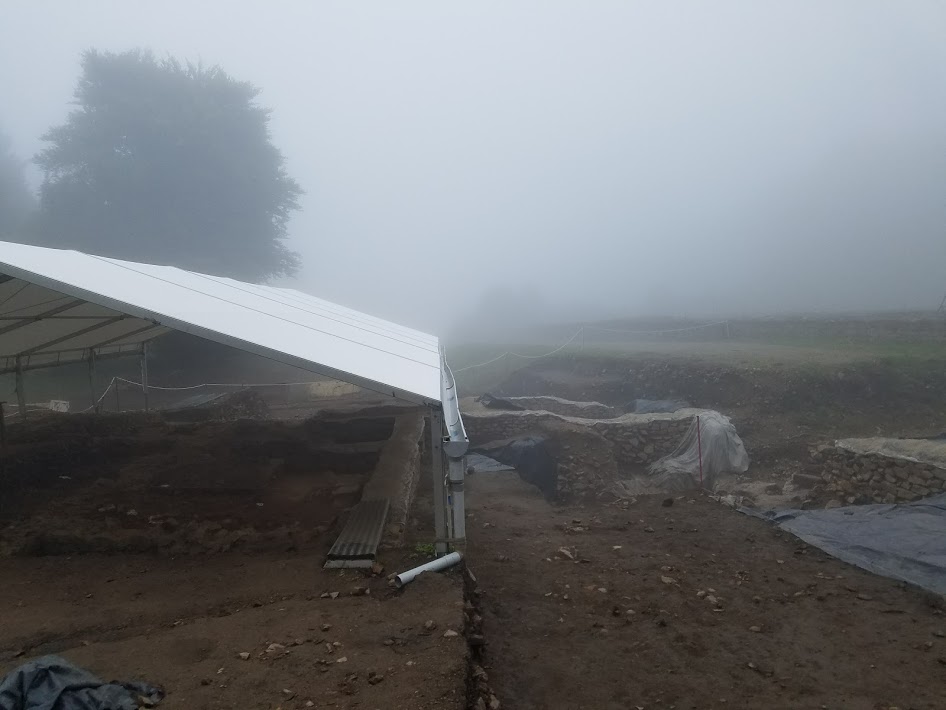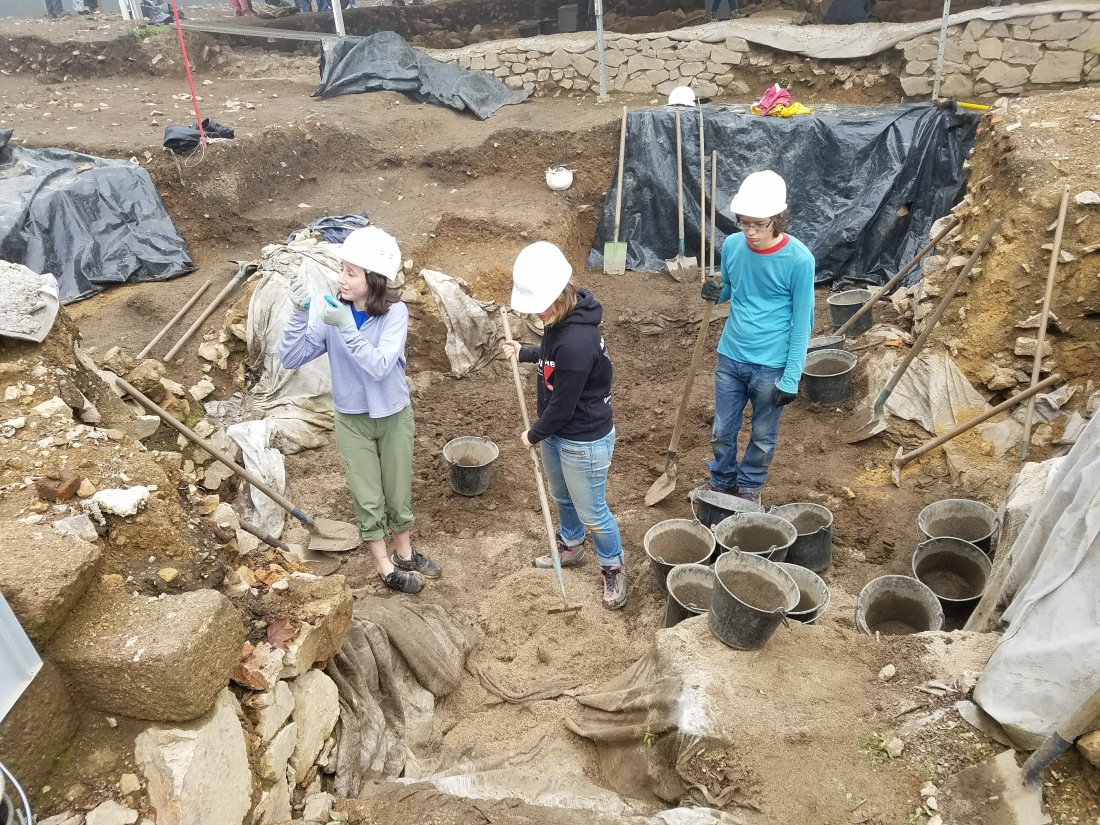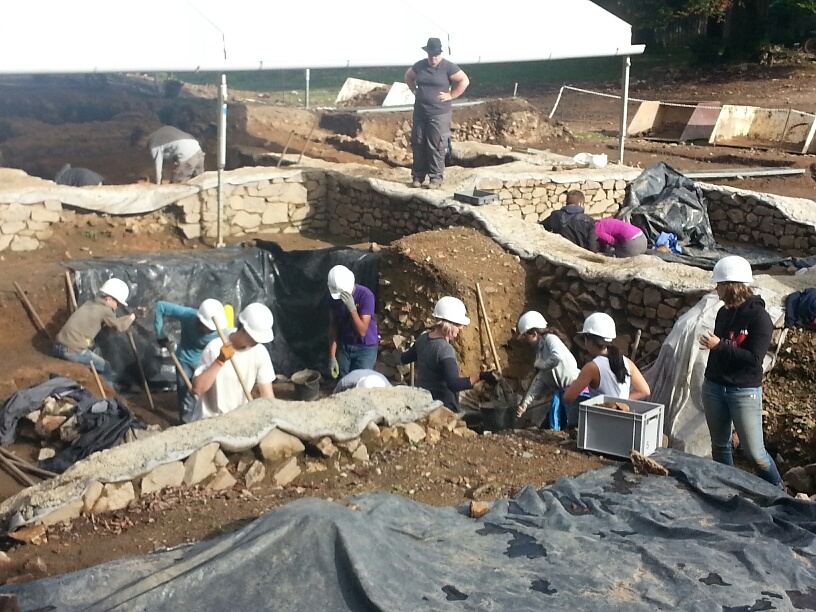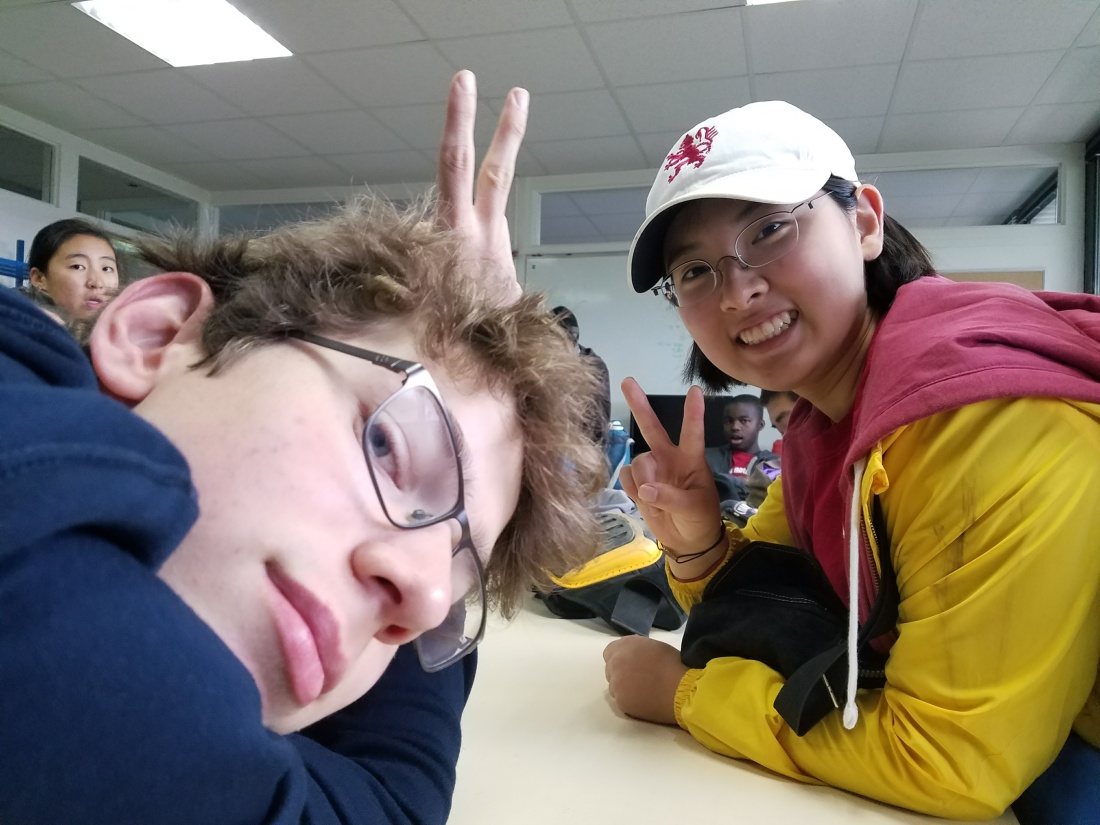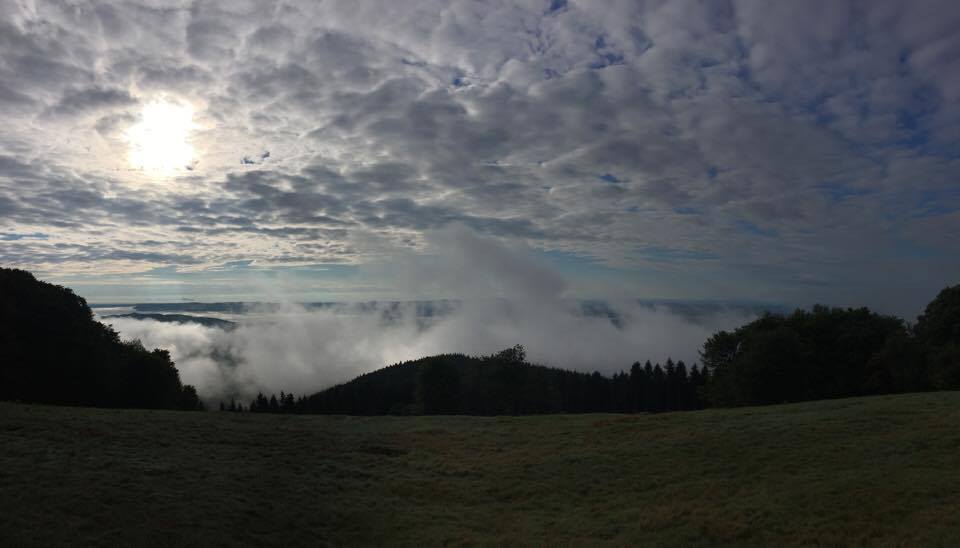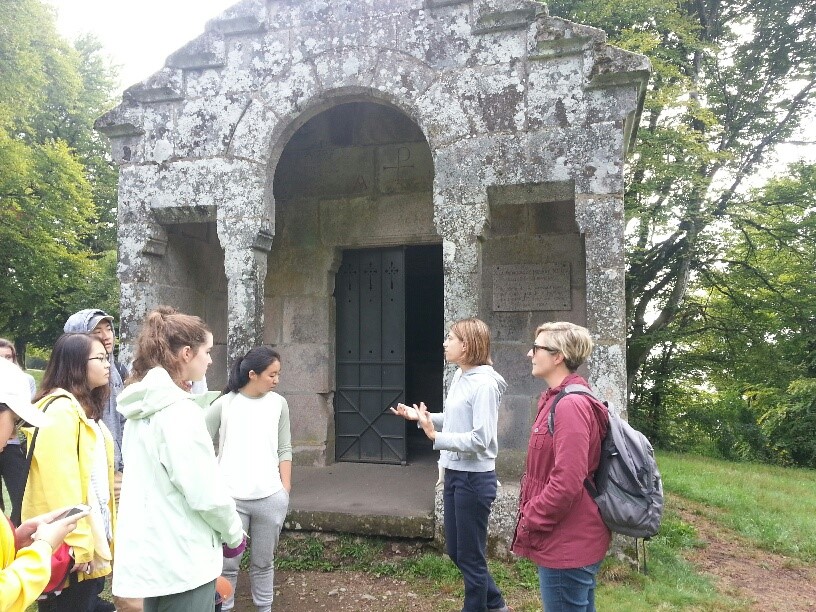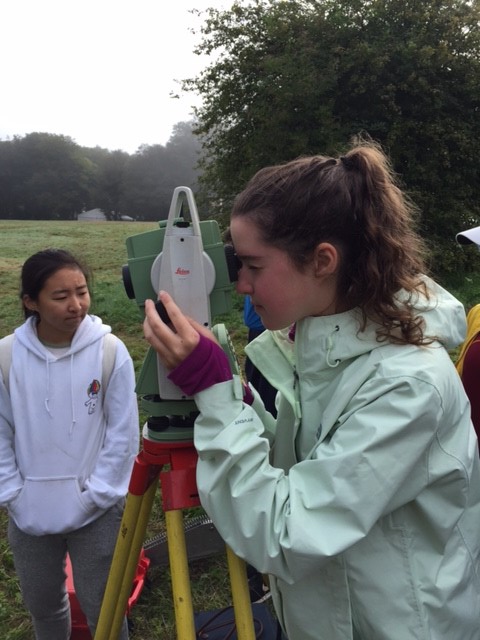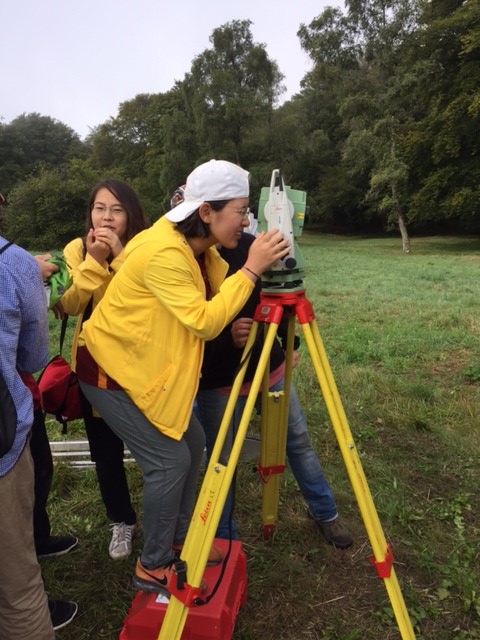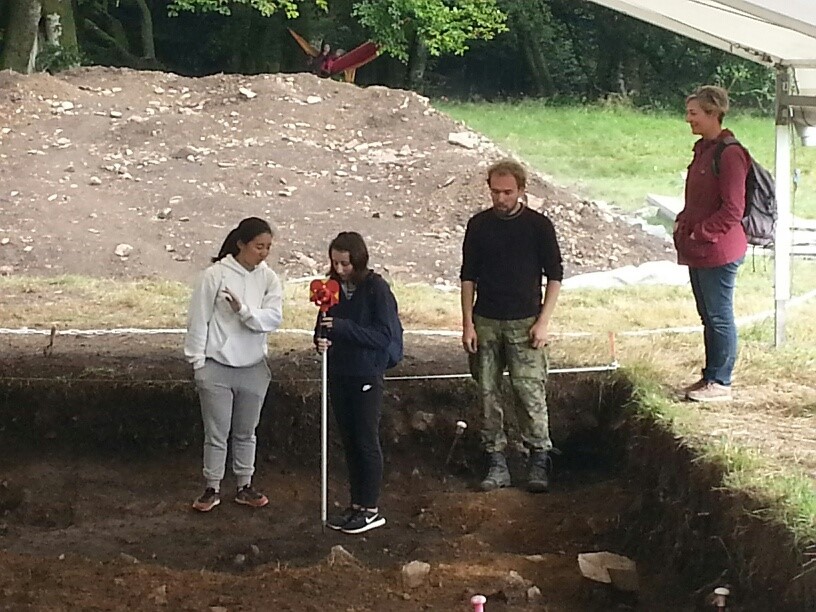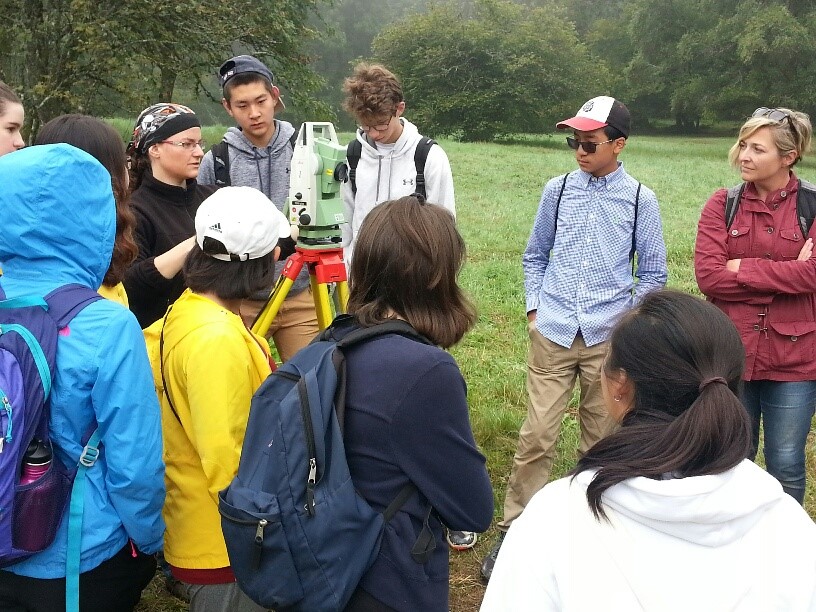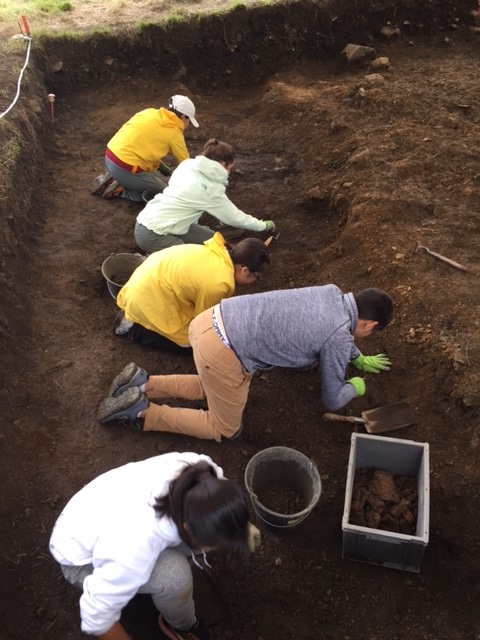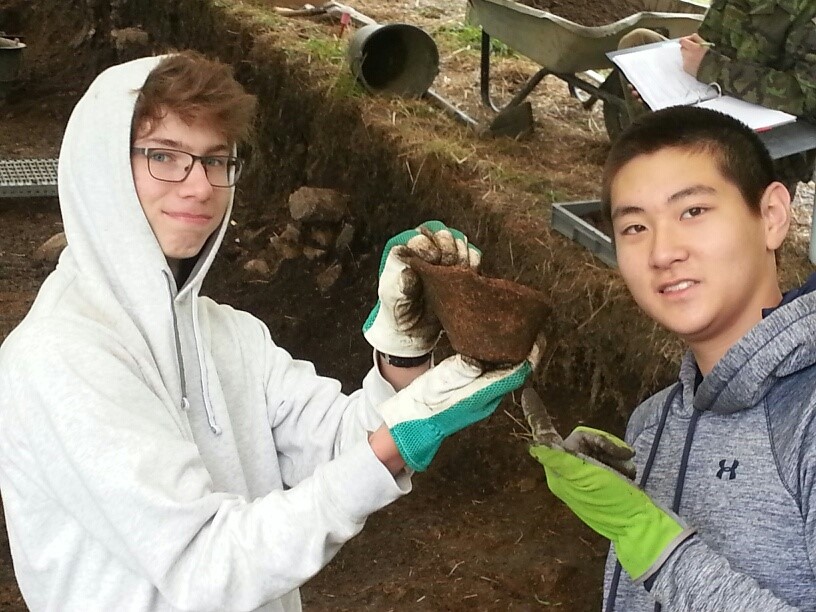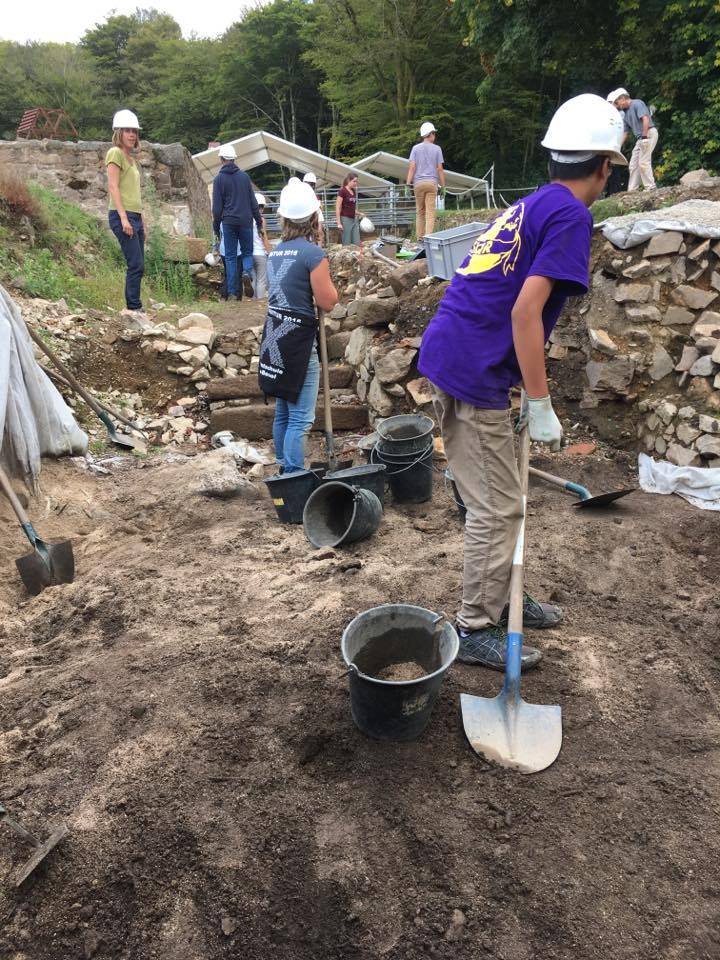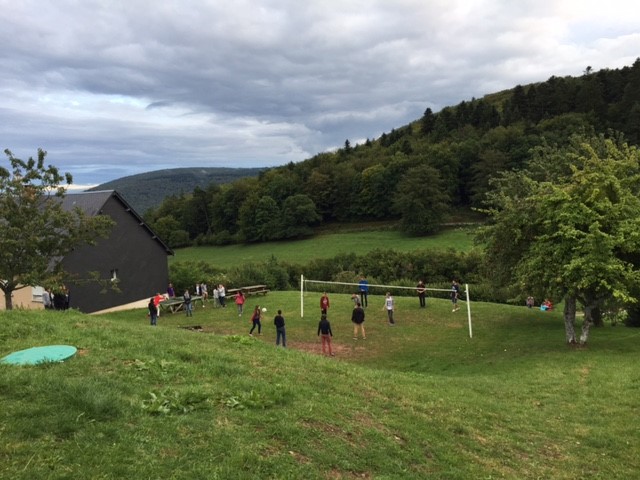The jet-lag is finally starting to wear off as I begin to write this final post for the Roman-Gaul 2017 trip. Each year at the end of the trip I ask the students to submit their favorite moments/memories from the trip. You will find those below. But first, I must reflect briefly on how fortunate I have been once again to share these adventures with another exceptional group of students. Their endless intellectual curiosity, energy, and kindness toward one another never ceases to amaze and inspire me. I am grateful beyond words to have had the opportunity to develop and lead this trip for the third year now and thanks must be given to PEA and the Behr Fund for their support of it. Thank you also to the parents who were willing to share their children with me for three weeks out of the summer and for the trust they placed in Mr. Langford and myself to keep them safe while traveling in another country. And finally, thank you to the archaeologists, guides, and staff at the Bibracte research center for hosting us and creating an incredible program for our students.
Now, for the favorite moments:
Suan:
Excavation of the Roman Cellar at Site PC2: I don’t have a particular memory from the excavation that I can say was my favorite; I just know that the overall experience of working at site PC2 is something I will never forget. How many people are lucky enough to know the exhilarating feeling of excavating an ancient site, and how many of those few privileged individuals are fifteen-year-olds? Despite all my complaining about being sore and exhausted, I am nothing less than grateful about my time doing archaeological field work at Bibracte and I wish I could do it all over again with amazing friends and mentors by my side.
Picnic by the Arar: I read Caesar’s De Bello Gallico with Ms. Campbell last winter in Latin 220. My recollection of the passages and their translation is admittedly a little shaky now, but it was still a pleasure to revisit Caesar’s writing. He was right — the river is indeed so slow that it is difficult to tell with the eyes in which direction the water is flowing. I remember we had gorgeous weather that day, and the baguettes and pringles we had after our sight translation session tasted delicious.
Jack:
Our final night in Glux-en-Glenne; having a final get-together with our newfound French friends was tremendously special and made me appreciate even more my experience at Bibracte. Sitting down around the fire, eating Zac’s delicious chicken wings and sausages, I came to fully understand the connection I made with these fun and charismatic kids. I even got the snapchat of some of them, so hopefully we can keep in touch!
Working in the pit with the bucket squad and perfecting our revolutionary dirt-loosening methods (basically the five of us in “le cave” using pick axes all at once without impaling one other). Talk about trust! Even though working in the pit was tough, it felt so satisfying finally seeing the bottom and shoveling out the last few buckets of dirt.
Jason:
My favorite moments were probably Glanum and the theater in Orange. I liked these two because I can finally see well preserved monuments in real life. The arch and cenotaph in Glanum were very interesting and the frons scaenae in the theater was very well preserved.
Alexis:
Running outside in pouring rain to see a rainbow with Suan and Alphonso at Bibracte–you could see both ends of the rainbow.
The caves at Arcy-Sur-Cure–it was wild, ridiculously beautiful.
Alphonso:
Working with the Czech team on their site. To see actual archeologists uncover something that’s hasn’t been seen for thousands of years and to experience firsthand the process of excavation from the perspective of an experienced team is a memory that I will never forget.
The unexpected aquaduct on the way back to Arles. That you can simply stumble upon something as impressive as an aquaduct while driving through the south of France speaks to both the ti melessness and ubiquity of Roman influence in the modern world.
Grace:
My two favorite things from this trip would have to be: Arles and Bibracte.
Arles was so cute and my hotel room had a balcony that looked out over an amphitheater. The entire town was so rich with history and beauty and was overall an incredible introduction to France. In Bibracte I got to live my dream as I learned the basics of archaeology and meet interesting new French friends. I loved the village atmosphere of Glux-en-Glenne and the natural beauty of the mountains. The entire trip was fabulous and I wish I could stay longer!
Zac:
The pont du gard was probably my favorite place we visited, the site and the background was beautiful and the fact the aqueduct dropped 1 foot over a whole kilometer was mind blowing. Also being able to go swimming in the river next to the aqueduct was a great way to cool down after a long day.
The visit to the Czech dig site where we learned how to use the GIS system, a program that allows you to create a coordinate system of points from found items. At the site we were also able to dig samples and Alexis and I managed to find the bottom of an amphora bottle.
Ginny:
Before I choose my favorite parts of the trip (which may be the hardest part of the journey yet) I’d like to say that I feel incredibly fortunate to have been a part of this group. Seeing each of these sites has opened my mind to new ways of looking at the world, both modern and ancient. Thank you to all who have made this trip a success. I have enjoyed every minute of it!
1. The Basilica of the Virgin Mary (Lyon)
When we arrived at the Basilica, the sky was overcast and it was beginning to rain. The gray clouds made the golden statue of Mary shine even brighter than before, though, and the church inside was no different. The walls were decorated with beautiful Biblical paintings adorned with Latin inscriptions. Before leaving, Grace and I lit two candles and said a prayer. As I walked out of the church, I looked back at the vibrant flame shining through the dark blue glass. It reminded me of all the things I had taken for granted on this trip. I departed from the Basilica with a new sense of peace and gratefulness.
2. The Mosaic Museum (Saint-Romain-en-Gal)
Our group walked to the museum as the sun was at its zenith, but everyone was still excited to see all of the famous works of art inside. The museum was not only beautiful in terms of the mosaics but also in terms of the building’s design as well. Walking slowly through the museum with the audio guide in hand, I developed a new appreciation for the skill of these ancient artists. Their work was not only decorative–it was a way to immortalize their culture in the most functional of ways. Seeing the houses that once held these pieces of art also helped me understand the placement and importance of the mosaics. In the end (despite the weather) I feel that my trip wouldn’t have been the same without this visit.
Nosa:
Of the many great memories I have formed over this trip, here are my two favorites.
The first was when the bucket squad (Jack, Alexis, Zac, Suan, Sarah, and I) went into the pit for the first time. We brought the efficiency of our bucket chain to the pit, and the work changed from tedious to very fun and efficient.
The second was at the Triumphal Arch and Mausoleum pair before Glanum. I really learned a new way to look at art from our analysis.
Sophia:
My first favorite moment from this trip was visiting the Pont du Gard. As soon as I caught sight of this monumental aqueduct, I found myself gaping. It looked as if it could still transport water to Nimes. In addition, wading through the river below the Pont du Gard with Jason and Alphonso was extremely refreshing, especially after a hot day of sightseeing. Afterwards, Mr. Langford and I discussed the sights we had seen (and a little about Korean history) in the shade.
My second favorite part of this trip was excavating the cellar at PC 2. When we first stepped into the cellar on our second day of digging, we only had to walk down two steps and we were surrounded by short walls. But by our last day at PC 2, we had uncovered four more steps and the walls made us look short. From the beginning to the end of excavating the cellar, we’ve not only learned a lot about archaeology, but also about one another. I’ll always reminisce our days as the “pit crew” and “bucket squad,” chatting, singing and busting some moves while shoveling or tossing buckets.
Sarah:
Arles was my favorite city that we stayed in because it was gorgeous and I loved walking around and looking at all the buildings.I thought all the stops we made along the way were very interesting and I really loved how close our hotel was to the amphitheater, it was just across the street!!
My favorite museum that we went to was the museum in Bibracte. One of the reasons I loved it was that we were actually working on things that they talked about in it. For example they had an exhibit about the metalworking in Bibracte and while we were digging we actually found some nails.
Mr. Langford:
Translating Latin inscriptions with students in the Arles archaeological museum.
Unexpectedly coming upon the ruins of the ancient Roman mill at Barbégal.
Ms. Campbell:
My first “favorite” is not a moment but, rather, a theme. One of the things that I always try to impress upon students is just how interdisciplinary the field of archaeology is and I feel that that really came out in particular this year. The students got to see drones in action to make 3D imaging of the site, use GIS technology for mapping layers of excavation, and practice flotation for ancient organic remains with an archaeobotanist. Whether your interests are in art, history, information technology, biology, etc., there is a way to bring your expertise and passion to the study of the past.
The second “favorite” is when the students surprised Mr. Langford and me with little stone wolf figurines that they had found at the gift shop for the prehistoric caves at Arcy-sur-Cure. The explanation that Suan gave for the significance of the wolves was touching – likening the two of us to the wolves that kept Romulus and Remus safe as children, without whose protection those children could not have gone on to greatness (or at least one of them!) and Rome would never have been founded.
So once again, thank you all: students, parents, colleagues, PEA, and everyone else who has been following along with this blog. It’s been another wonderful summer and I can’t wait to do it again next year!
Multas gratias et merci beaucoup,
Magistra Campbell
